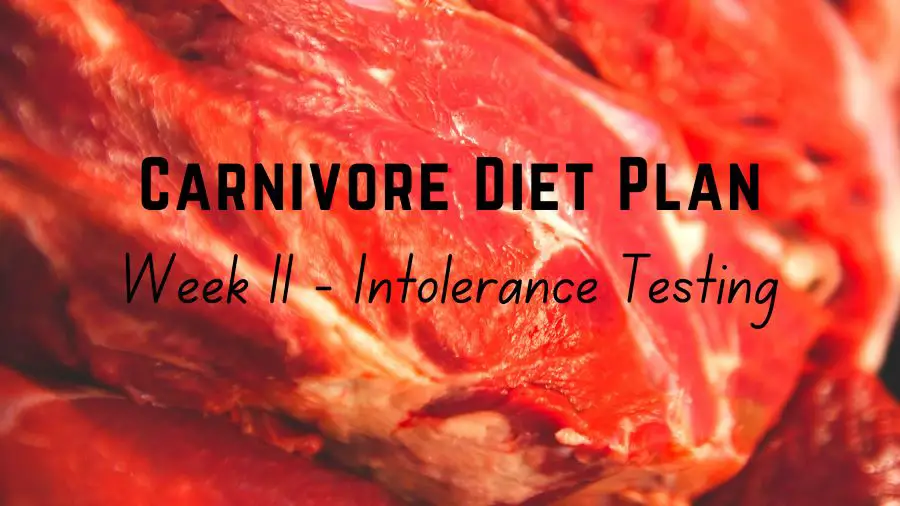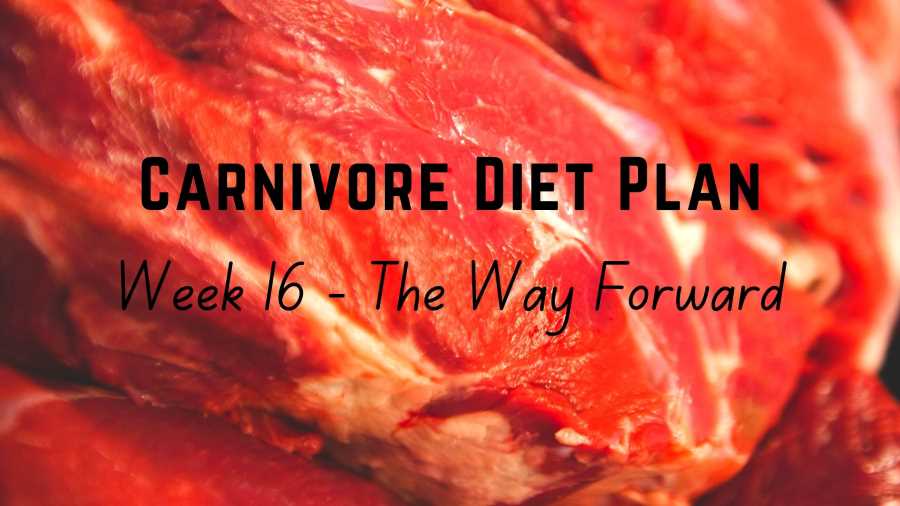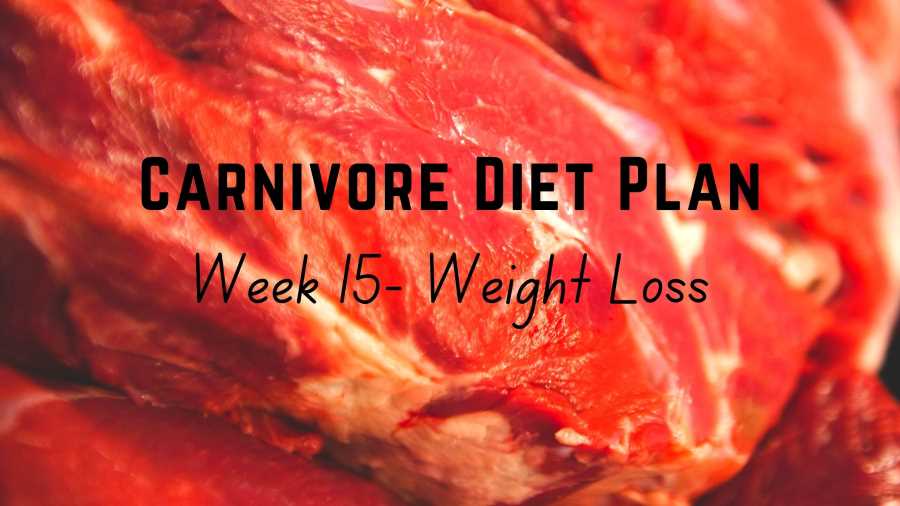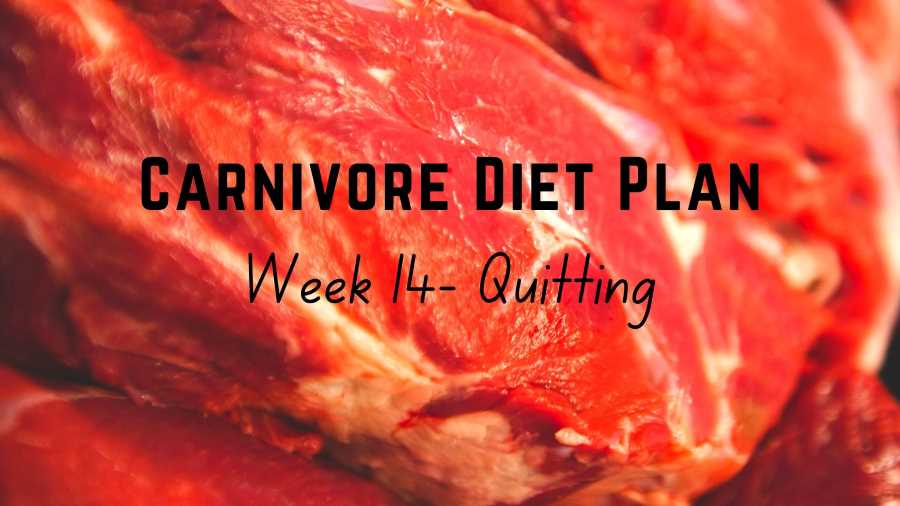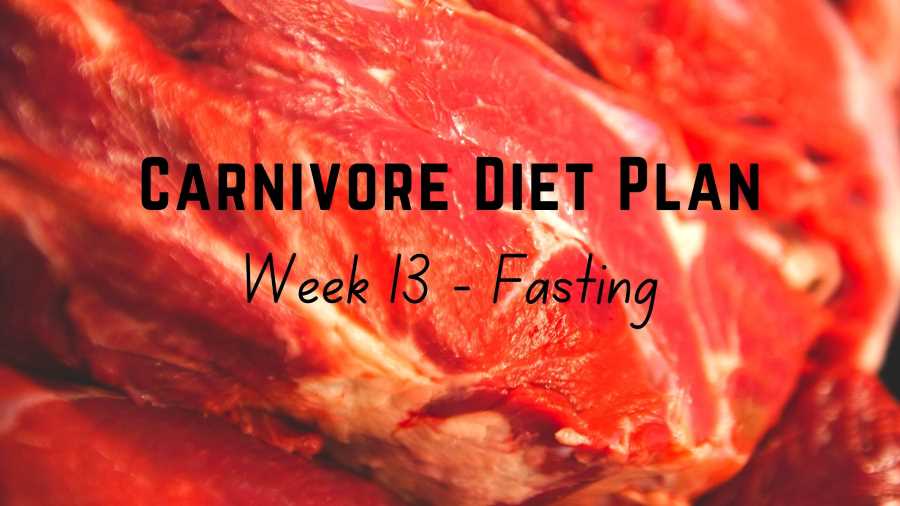This week you will be testing out plant foods other than fruits, for example, vegetables, nuts, seeds, and grains, but only if you wish.
Do humans need plant food?
Based on my research so far, in my view, humans don’t need plant food to survive. You can get every nutrient that your body needs from animal-based food, from protein for tissue building and repair, fats for energy, to all essential vitamins and minerals.
There is no nutrient that is essential for human survival that you can not find in animal-based food.
As mentioned in the last week’s post, plant foods are not necessary for human health but can have some beneficial role for the following reasons:
- They can help you meet all nutritional requirements easier, especially for people who are not used to eating nose-to-tail. For example, plant foods are generally a better source of vitamin C and vitamin E than animal-based food
- They can help you maintain metabolic flexibility. There is no doubt that plant foods are inferior to animal-based foods with respect to nutritional content and bioavailability. However, they have been labeled survival food because they can help us survive when meat is not readily available. By eating a bit of plant food now and then, you can better maintain your metabolic flexibility compared to someone who adhere to a strict meat only diet for a long period of time
- They can help you build a stronger and more resilient body. Eating plant foods means exposing your body to plant anti-nutrients which can act as an acute stressor like intense exercises that force you out of your comfort zone. When you consume plant-based foods, anti-nutrients present in those foods cause inflammation in your body. In response, your body produces its own antioxidant called glutathione to reduce inflammation. Over time, your body will adapt to those hormesis stressors and become more resilient and stronger.
Who should test for other plant food intolerance?
As previously mentioned, if you start the carnivore diet to fix some underlying health problems, please don’t reintroduce plant food until your health problems are completely resolved.
Plant food can have some benefits as mentioned above. However, when you are trying to heal, you want to completely eliminate or minimize your toxin intake in all forms (natural pesticides and man-made pesticides in plant food, food additives, and other environmental toxins) while maximizing your essential nutrient intake by eating the most nutrient-dense animal-based foods.
If you are a generally healthy person and don’t plan to be on a strict carnivore diet in the long term, you can test out any plant food that you enjoy and would like to include as part of your diet in the future.
How to test for other plant food for intolerance?
You can test for other plant food intolerance following the same steps as set out in week 9 of the program.
For example, if you want to test for bok choy (pak choy), eat only ruminant meat, organ meat, fat, and other animal-based food that you have tested and found that they are okay plus one serving of bok choy.
Don’t eat any more bok choy for the next three days and watch out for reactions.
Then go on and reintroduce the next plant food. Have one serving in one day and stop eating it for the next three days to watch out for reactions.
And so on.
As there is a lot of plant food, you may want to focus on testing only the low toxin plant food or those that are easily accessible to you.
In my view, apart from an occasional serving of low sugar fruits, leafy vegetables and some tubers, it’s best to stay away from all grains, legumes, and nightshades due to their high toxin contents.
Grains, legumes, seeds, and nuts are plants’ babies and, because plants certainly don’t want their babies to be eaten, they are packed with plant toxins like lectins and phytic acid which are further discussed below.
How much plant food should you eat?
If you want to include some plant food on your meat-based diet to maintain metabolic flexibility, improve resilience or get a bit of vitamin C, you don’t need to eat a lot.
Plants don’t want to be eaten and they are full of compounds that act as natural pesticides to deter predators. Consuming a lot of plant food means loading up with these plant toxins which can have detrimental effects on your health.
In the landmark article “Dietary pesticides (99.99% all natural)”[2], Dr. Ames and his team estimate that:
Americans eat about 1.5 g of natural pesticides per person per day, which is about 10,000 times more than they eat of synthetic pesticide residues…
Even though only a tiny proportion of the plant toxins in our diet have been tested so far, the 27 natural pesticides that are rodent carcinogens are present in the following foods: anise, apple, apricot, banana, basil, broccoli, brussels sprouts, cabbage, cantaloupe, caraway, carrot, cauliflower, celery, cherries, cinnamon, cloves, cocoa, coffee, collard greens, comfrey herb tea, currants, dill, eggplant, endive, fennel, grapefruit juice, grapes, guava, honey, honeydew melon, horseradish, kale, lentils, lettuce, mango, mushrooms, mustard, nutmeg, orange juice, parsley, parsnip, peach, pear, peas, black pepper, pineapple, plum, potato, radish, raspberries, rosemary, sesame seeds, tarragon, tea, tomato, and turnip.
Thus, it is probable that almost every fruit and vegetable in the supermarket contains natural plant pesticides that are rodent carcinogens.
The levels of these 27 rodent carcinogens in the above plants are commonly thousands of times higher than the levels of synthetic pesticides.
Below are some common plant anti-nutrients and their potential adverse effect on human health: [2, 3, 4, 5, 6, 7, 8, 9, 10]
Lectins
Found in wheat, beans, quinoa, peas, lentils and peanuts, lectins can bind to carbohydrates and interfere with the absorption of minerals (calcium, iron, phosphorus, and zinc).
With sufficient quantities, lectins cause holes to develop in the gut wall, causing intestinal permeability or leaky gut syndrome. Lectins can also cause autoimmune diseases.
Tannins
Found in grapes, green tea, pomegranates, persimmons, and many other plant foods, tannins are a type of polyphenols that produce an astringent or bitter taste.
Tannins bind and precipitate proteins. They also bind with digestive enzymes and can interfere with digestion.
Tannins are used in the leather industry because of their unique property to bind with proteins and prevent the disintegration of the collagen fibers of the hides, transforming them into workable leather.
Phytic acid
Phytates can be found in seeds, grains, nuts and legumes. Herbivores can digest phytic acid but humans can’t.
Once consumed, phytic acid binds to minerals like phosphorus, iron, zinc, magnesium, and calcium and prevents absorption. A diet high in phytic acid can easily lead to a mineral deficiency for this reason. Phytates also inhibit digestive enzymes like pepsin, trypsin and amylase.
Oxalate
Cruciferous vegetables (e.g. kale, radishes, cauliflower, broccoli), as well as chard, spinach, parsley, beets, rhubarb, black pepper, chocolate, nuts, berries and beans, are some of the foods high in oxalates.
Once consumed, oxalate binds with calcium and other minerals to form oxalate crystals, the main ingredient in kidney stones. Oxalate crystals can cause damages to the eyes, immune system, neurological system, GI tract, and connective tissues.
Most people can handle oxalate-rich foods well. However, for sensitive people, small amounts of oxalates can cause serious symptoms like burning in the eyes, ears, mouth, and throat, and large amounts may cause abdominal pain, muscle weakness, nausea, and diarrhea.
In summary, given the potentially harmful effects of plant anti-nutrients, if you want to add plant food to your meat-based diet, please try to eat with seasons and limit the quantity.
How to minimize plant toxins if you want to include plant food in your diet
To reduce your plant anti-nutrient intake, limit your plant food consumption to occasional servings only and avoid high toxin plants including grains, legumes, nuts, seeds, and nightshades.
Eating with seasons can help you avoid accumulating too much of one type of plant toxin. For example, if you enjoy spinach, eat when it’s in the season rather than regularly to avoid loading up on oxalate. When spinach season is over, move on to something else like summer squash, for example.
In addition, you can also reduce plant anti-nutrients by cooking, roasting, soaking, sprouting and fermenting. Although such processing can reduce some plant toxins, it can’t eliminate them all.
Furthermore, some plant food, especially those that are high in carbohydrates, can be very addictive and the best strategy may be to avoid them altogether.
If you can’t stop at a handful of nuts a day, and a few nuts lead to half a bag of nuts, stay away from them.
If you have no problem finishing off a plate of roasted sweet potatoes, it’s probably best to not buy them in the first place.
If a slice of sourdough toast leads to half of a loaf later, you’d better stay away from bread, even the highest quality one.
Carbohydrate-rich foods are addictive and it’s not your fault or that you lack willpower. It’s how humans have been evolved to detect calorie-dense food and load it up real quick for the best chance of survival in the wild where food is scarce.
If you know certain plant foods are your trigger foods, it’s easier to eliminate them from your diet than trying to portion-control through willpower.
Take-home message for this week
This week, please continue to eat a lot of ruminant meat and organ meat, get sun exposure every day, stay physically active, and try to eat less frequently and eat early. In summary:
- Eat ruminant meat (e.g. beef, lamb, bison, goat, kangaroo etc.)
- Eat only when you are hungry and eat until you are full but don’t overeat
- Cook some of your meat to blue, rare, medium rare, or medium
- Have liver and other organ meat regularly (3 – 5 times a week or more)
- Drink a small cup of bone broth daily
- Have other well-tolerated animal-based food such as eggs, pork, poultry, seafood and dairy occasionally and choose pasture-raised and/or wild-caught sources
- Have a serving of well-tolerated seasonal fruits on occasion if you wish
- It’s up to you to include or exclude salt based on your experiment in week 6
- Drink water to thirst
- Get about 30 minutes of sunlight every day
- Incorporating as much physical movements throughout the day as you can
- Aim to have 1 – 2 moderate to high intensity interval training sessions and 2-3 resistance training sessions a week
- Eat one to two meals a day and try to have the last meal of the day as early as possible
- If you wish, test out other plant food one at a time.
Links to all posts in the 16-week carnivore diet plan
- 16-Week Carnivore Diet Plan: An overview
- Week 1: Preparation
- Week 2: Ruminant and liver
- Week 3: Ruminant and more organ meat
- Week 4: Fat to protein ratio
- Week 5: Sun exposure
- Week 6: Salt experiment
- Week 7: Ancestral movements
- Week 8: Meal frequency and meal timing
- Week 9: Intolerance testing (other animal-based food)
- Week 10: Intolerance testing (fruits)
- Week 11: Intolerance testing (other plant food)
- Week 12: How much to eat
- Week 13: Fasting
- Week 14: Quitting
- Week 15: Weight loss
- Week 16: The Way Forward.
If you find this post helpful, please consider sharing this post and my site with your family, friends, and followers. That would be much appreciated. Please also check out my library of articles on the carnivore diet here which is updated regularly.
Disclaimer: The information in this post is for reference purposes only and not intended to constitute or replace professional medical advice. Please consult a qualified medical professional before making any changes to your diet or lifestyle.
Photo credit: Julian Peter on Pexels

